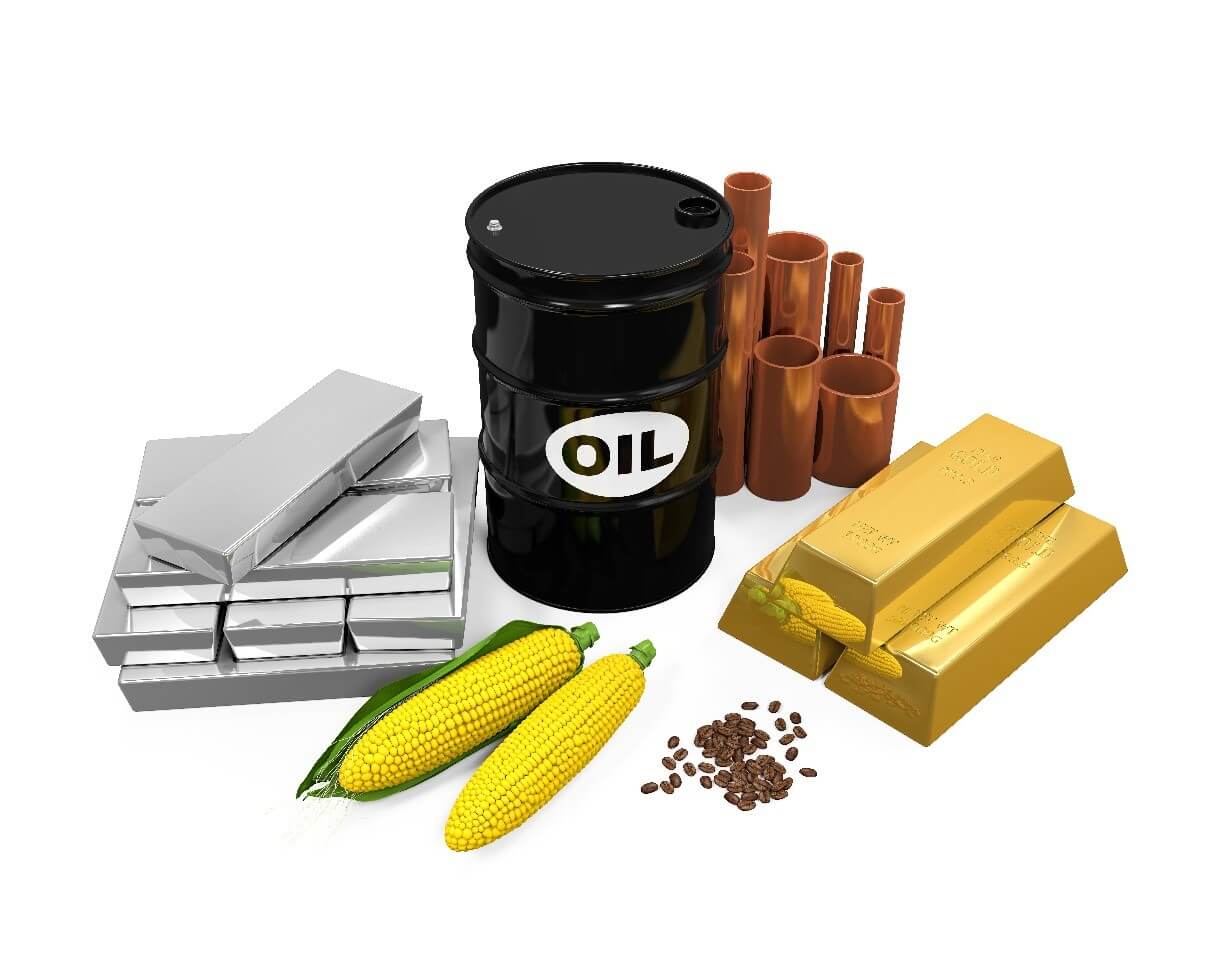The surge in the price of energy, metals, and crops highlights some economies’ strengths and others’ vulnerabilities.
Since November, oil prices have risen 75%. At the same time, the price of copper has reached levels not seen for a decade. Food prices have been increasing every month since May.
Petrobras, Brazil’s state oil company, increased gasoline and diesel prices at its refineries to cope with rising fuel prices on the international market. Meanwhile, India, the world’s third-largest crude importer, called on OPEC and its allies to increase oil production. The UK government backtracked on increasing gasoline tax so as not to irritate lockdown-weary drivers.
While oil drillers and Corn Belt farmers benefit in the US, others, including tech billionaires, are seeing losses.
Who Are the Winners?
Australia
The coronavirus outbreak and lockdowns caused by it have caused Australia to experience its first recession in almost three decades. However, Sales of iron ore, the country’s top export, hit a record in December. Since the end of November, the Australian dollar has performed strongly than any other primary currency. It strengthened 5% against the USD.
Chile
Chile is the world’s biggest copper producer, and its strength has been obvious in financial markets. With the red metal prices rising above $4 a pound for the first time in about a decade, Chile’s finances are growing.
The peso is the only Latin American currency appreciated against the dollar over the last three months.
Zambia
Zambia also depends on copper for 80% of export earnings. This year, Zambia’s dollar has surged significantly.
Iraq
Iraq was the only petrostate that has not suffered this year.
According to the International Monetary Fund, its economy dropped around 11%, more than almost any other major oil exporter. However, as the crude oil market picked up, the country’s monthly fiscal revenue surged to $5 billion from around $3 billion in the second quarter of the last year.
Who are the losers?
China
In addition to being a significant producer of everything from oil to food, China is also the biggest buyer of commodities. The reason for the strong increase in commodities prices is the rapid recovery of the world’s second-biggest economy.
Egypt
Egypt is the world’s biggest buyer of wheat and net oil. The country suffers badly when commodity prices increase.
Pakistan
Increased food and fuel prices have caused social unrest in Pakistan, which barely produces any minerals on its own.
The economic impact of business closedowns and social constraints to control the spread of the coronavirus will only be exacerbated if commodities keep increasing.
Dominican Republic
The Dominican Republic is massively dependent on imports. The country has responded to previous commodity price hikes with food subsidies. However, that might not be easy this time.











